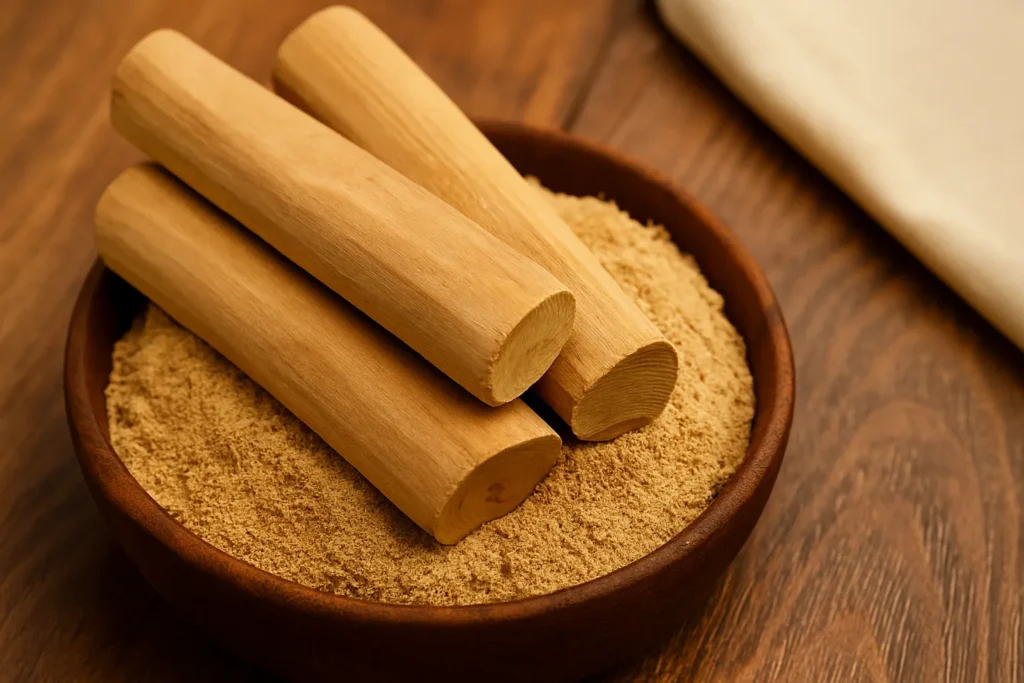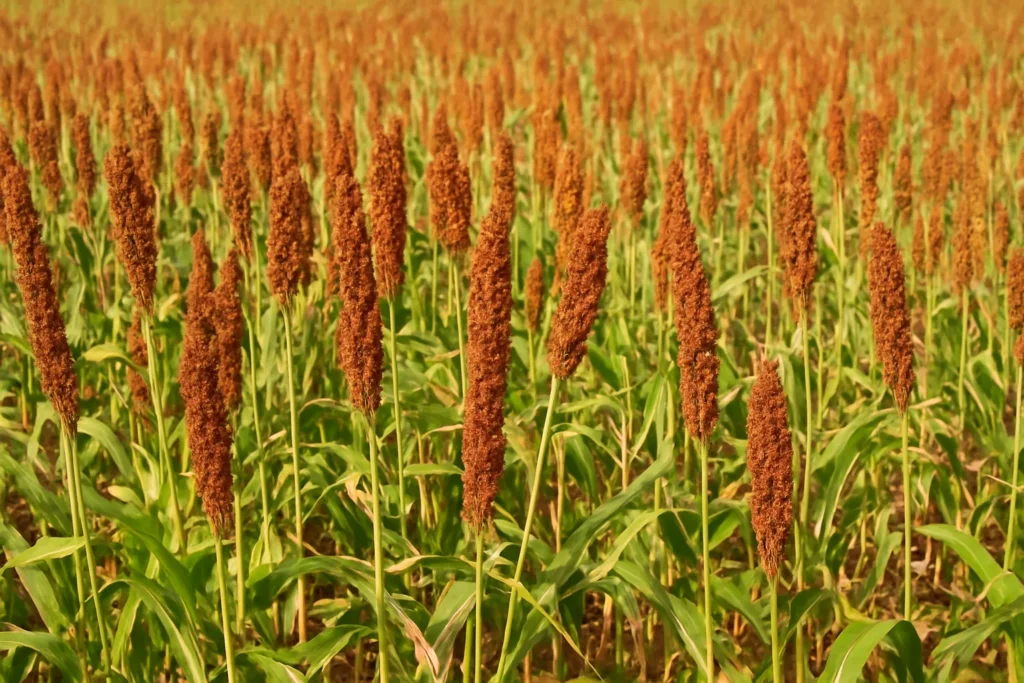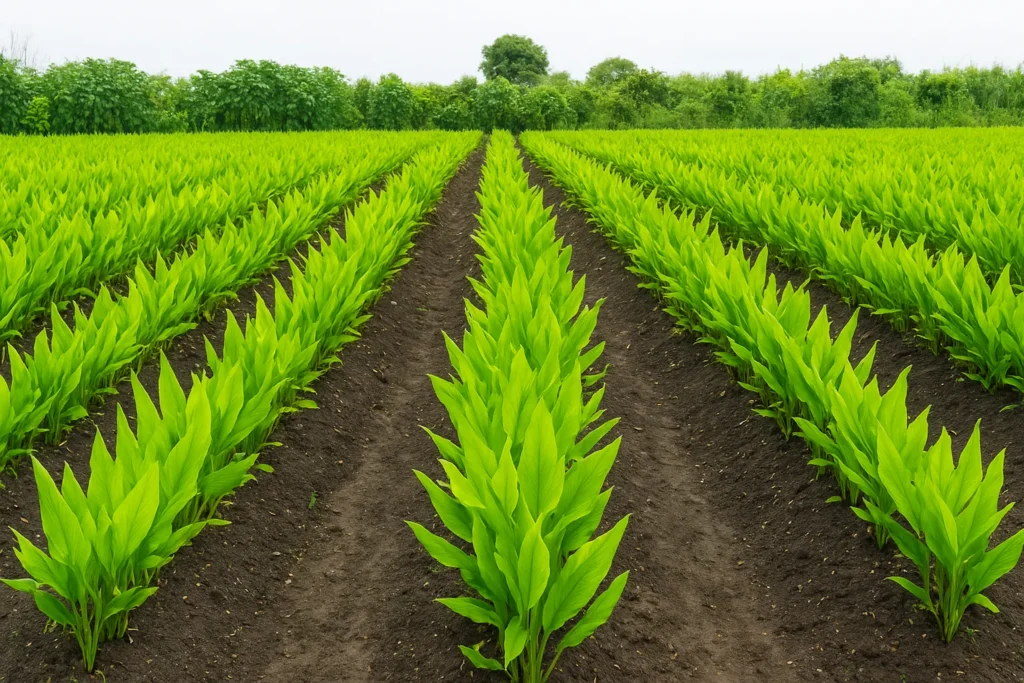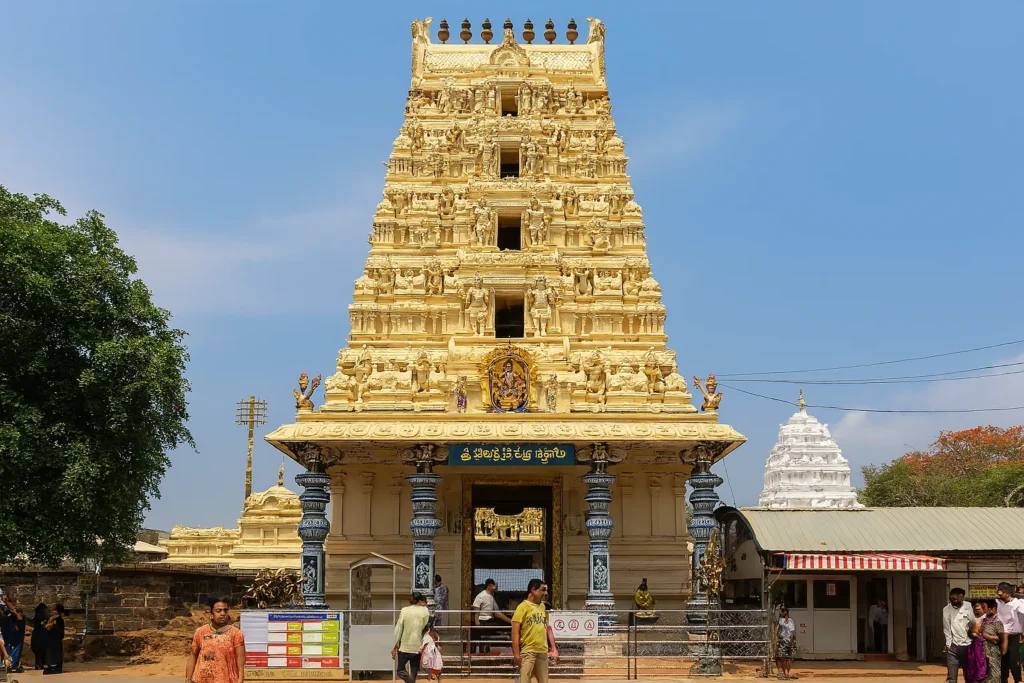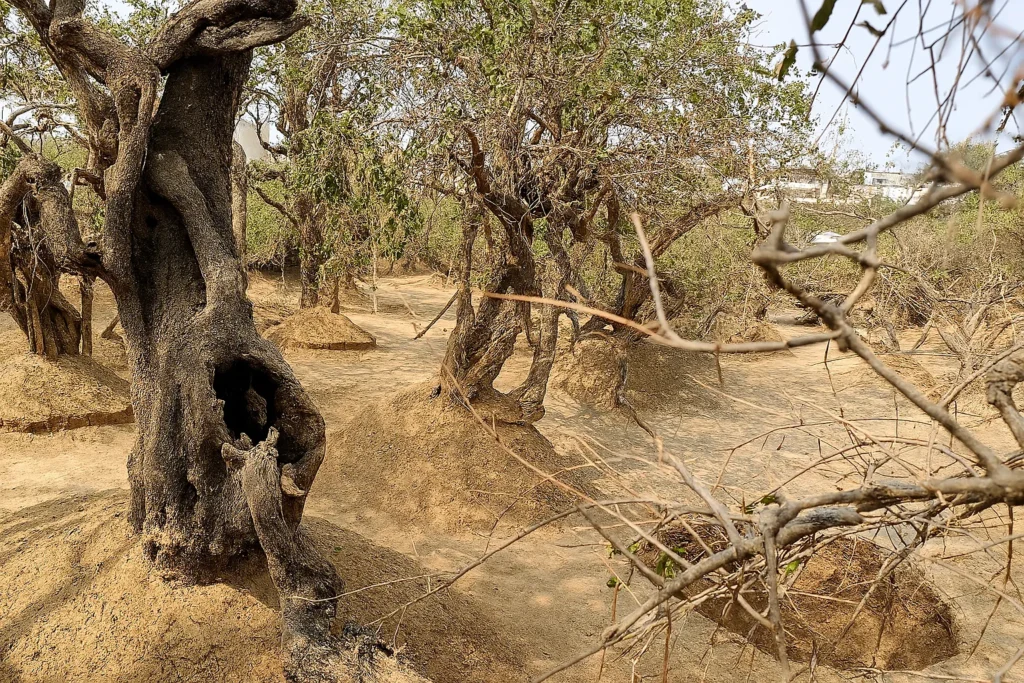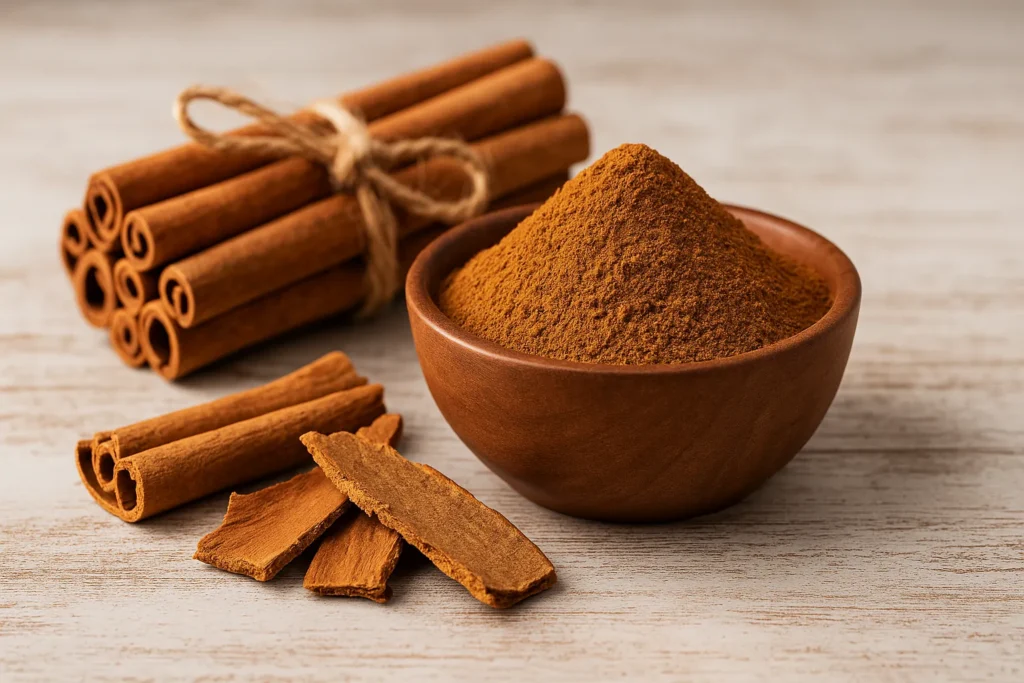Nothing quite matches the aroma, history, and cultural value of pure sandalwood. The quest for a real sandalwood stick has its own challenges, from spotting imitations to understanding the difference between varieties such as red sandalwood stick and white. If you’ve ever found yourself standing in a store or scrolling online, wondering where to buy pure sandalwood stick and how to make sure it’s original, then you’re in the right place. Let’s unpack the details together and find out how to confidently buy sandalwood stick that lives up to your expectations.
What Makes a Sandalwood Stick Pure and Original?
Understanding purity is the first step to making the right choice. The allure of an original sandalwood stick comes from more than just its fragrance. Pure sandalwood is valued for its medicinal, religious, and cosmetic uses in India and beyond. When you set out to buy an original sandalwood stick, it’s important to know what sets authentic sandalwood apart:
- Fragrance: Real sandalwood sticks have a rich, lingering scent that never feels artificial or overpowering.
- Color: White sandalwood is yellowish-brown, while red sandalwood stick is deeper in color and often used differently.
- Texture: It should feel dense and slightly oily.
Most importantly, genuine sticks are rarely lightweight or hollow. Always check for a uniform color and subtle oiliness; a sign of authenticity.
Where Can You Buy Genuine Sandalwood Sticks?
The hunt for authenticity starts with knowing your sources. When looking for where to buy pure sandalwood stick, you want to target trusted avenues. Here are some tried-and-true options to consider:
- Local Ayurvedic Stores: These outlets often stock real sandalwood stick for religious and health uses. You can physically assess the quality before you buy.
- Government-Authorized Outlets: In states like Karnataka and Tamil Nadu, government emporiums offer certified original sandalwood sticks.
- Temples and Religious Shops: Many temples sell small pieces for rituals. While prices can vary, the authenticity is usually trustworthy due to their strict procurement processes.
- Online Marketplaces: Be cautious, but platforms like Amazon, Flipkart, and specialty herbal sites have listings for both white and red sandalwood stick. Always review seller ratings and customer feedback before purchasing.
- Specialty Boutiques: Some botanical and perfumery boutiques stock rare woods, including original sandalwood stick harvested ethically.
Remember, when you buy sandalwood stick online or offline, insist on certification for added peace of mind.
How to Identify an Original Sandalwood Stick?
Knowing what to look for saves you from fakes. Many sellers claim to offer real sandalwood stick, but it’s easy to get duped. Here’s how to tell the real from the fake:
- Smell Test: Gently scrape a small part of the stick. The fragrance should intensify; not fade.
- Water Test: Rub the stick on a damp stone. If the resulting paste has a bright yellow color and offers a deep aroma, you’re on the right track.
- Scratch Test: Rub your nail on the surface. Genuine sandalwood gets slightly darker and shows oiliness; fakes remain powdery or dull.
Knowing these tricks puts you a step ahead when you choose to buy original sandalwood stick.
Popular Uses for Sandalwood Sticks in Daily Life

Let’s look at why so many seek out genuine sandalwood. Whether for rituals, wellness, or beauty routines, original sandalwood stick is remarkably versatile:
- Spirituality and Rituals: Used for tilak, havan, and pooja in Hindu worship.
- Skincare: Its natural oil soothes skin and is mixed in face packs.
- Aromatherapy: The calming scent helps in meditation and relieving stress.
- Medicinal: Often found in Ayurvedic remedies for minor skin irritations.
Red sandalwood sticks are particularly important for traditional medicine and certain regional rituals. If you’re curious about where this variety thrives, explore this helpful resource on Where Does Red Sandalwood Grow.
Trusted Stores and Online Platforms to Buy Sandalwood Sticks
Let’s explore your best bets for finding quality sandalwood. To simplify your search for where to buy pure sandalwood stick, check these reliable places:
| Store Type | Pros | Cons |
| Government Emporiums | Certified, authentic products | Limited locations |
| Ayurvedic Stores | Usually locally sourced | May require background checks |
| Major Online Stores | Wide variety, detailed reviews | Higher risk of counterfeit |
| Religious Stores | Trusted for ritualistic use | Small quantities |
| Specialty Boutiques | Rare varieties, unique packaging | Premium pricing |
Before settling on a seller, take advantage of online reviews and verify the source, especially if shopping for premium or rare items.
The Difference Between White and Red Sandalwood Sticks
Let’s shed light on these two prized woods. When you buy original sandalwood stick, you’ll encounter two main types:
- White Sandalwood: Praised for fragrance; used in rituals, cosmetics, and perfumes.
- Red Sandalwood Stick: Valued for medicinal and dye purposes, not for fragrance.
Each serves a different purpose. It’s also fascinating that while sandalwood is a celebrated Indian product, another beloved natural resource is coffee. Have you wondered Where is Coffee Grown in India? You can dive deeper into India’s aromatic treasures from there.
Ethical Buying and Sustainability
Supporting authenticity and the environment is key. With sandalwood being highly coveted, responsible sourcing matters. Look for vendors promoting sustainable harvesting and replanting efforts. Certifications from government bodies or forest departments help assure you’re getting a real sandalwood stick that’s ethically sourced.
Tips for Caring for Your Pure Sandalwood Stick
A little care ensures your investment lasts. Protect your precious sandalwood by:
- Storing in a cool, dry place to maintain aroma and prevent mold.
- Avoiding direct sunlight, which can dry out the oils.
- Only scraping what you need so the rest of the stick stays fresh longer.
For those craving more Indian botanicals in their kitchen or wellness lineup, you might also like to learn Where to Buy Ceylon Cinnamon in India. When curiosity gets the better of you and questions arise about anything from spices to rare woods, head to NutBolt India. It’s your go-to hub for answers on every What, Why, Who, When, Where, and How you’ve ever wondered.
Conclusion
Buying an original sandalwood stick doesn’t have to feel intimidating. With a careful eye and the right sources, finding a real sandalwood stick that meets your expectations is truly possible. Whether you’re buying it for spiritual purposes, beauty routines, or wellness, just remember: check for authenticity, ask for certification, and always support ethical sellers. Happy sandalwood hunting!

